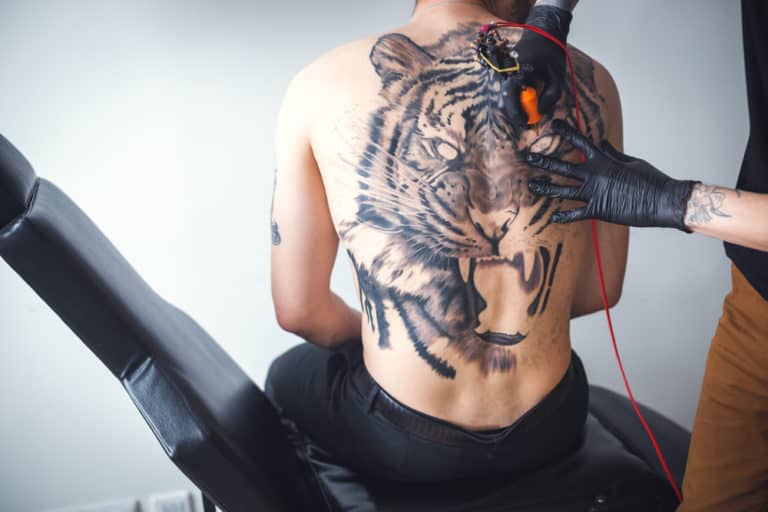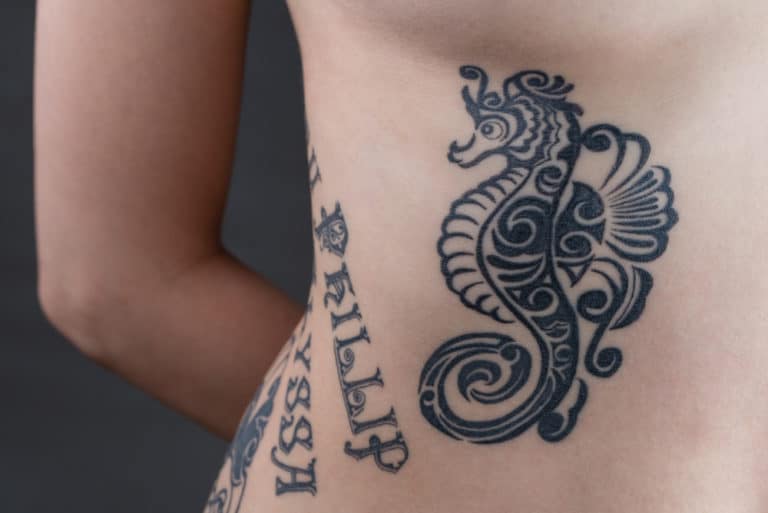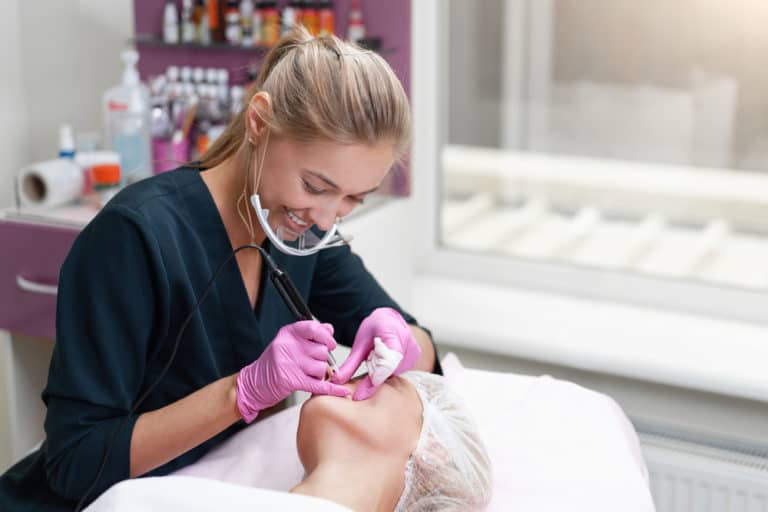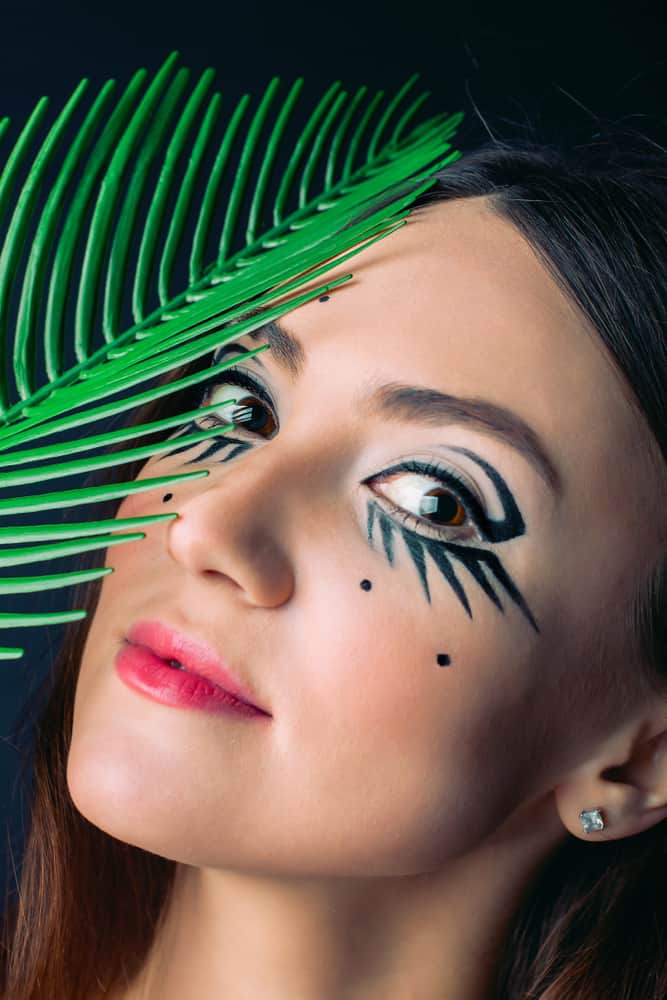“My Tattoo Lines Are Too Thick” – Now What?
There are many considerations that go into getting a tattoo. However, dependent on various factors, there is always a risk involved with getting tattooed. When your tattoo doesn’t live up to your expectations, it can leave you feeling underwhelmed and disappointed. Do your tattoo lines seem too thick now that your tattoo is healing? You could be experiencing a tattoo blowout. Before you rush to book an appointment to get your tattoo removed with a laser, you need to understand what this is and how to deal with it.
The distortion of tattoo lines while healing is often due to a tattoo blowout, which occurs when the ink is injected too deeply into the skin, resulting in stretched or blurred tattoos. This can be fixed through more tattooing to cover up the initial tattoo or laser therapy to mitigate the blowout.
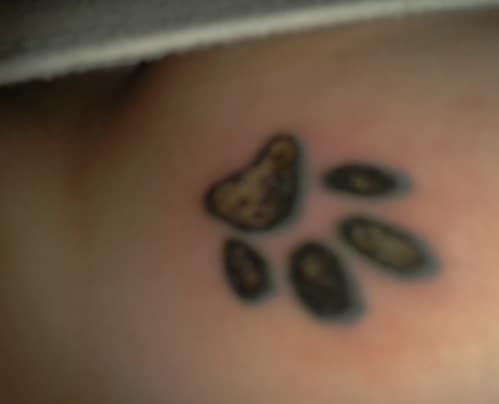
Whether you’re simply worried about the possibility of tattoo blowout, or you’re dealing with the reality of it, being informed can help you. Knowing what causes tattoo blowout could potentially save you from it. It is also important that you understand your options of dealing with tattoo blowout and lines that now too thick.
What Causes Thick Tattoo Lines?
It is important to understand the factors that could result in thick tattoo lines. If you remain mindful of these factors when planning your next tattoo, you can hopefully prevent tattoo lines from ending up thicker than they should be. Prevention is key with tattoos because, ideally, you want to get something this permanent right the first time. However, if you are already sitting with tattooed lines that turned out too thick, there is still hope.
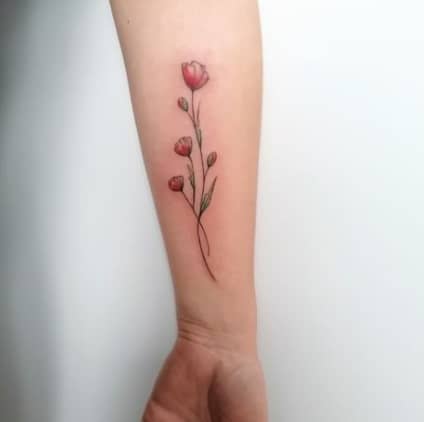
The Art (AKA Your Design)
One of the most fundamental aspects of getting a tattoo is the design. When planning your tattoo, your tattoo artist will typically assist you in regard to the size and placement thereof. However, this also depends on the skill level and knowledge of your tattoo artist.
It is always important to keep in mind the ratio of the size of the tattoo you want to get to where you want to get it. If you get a skilled tattoo artist to draw your tattoo, they will be familiar with the correct ratios needed to design a tattoo that will translate well to the skin. However, if you get your design outsourced, it might not translate as well, depending on the designer’s knowledge of tattoos.
Consider this hypothetical: you have the perfect tattoo designed, but it incorporates many fine lines. Typically, your tattoo artist will print a few different sizes of the design for you to choose the correct size for you. Usually, the tattoo artist will inform you of the pros and cons of the various sizes. Usually – but what if they don’t?
If you get the smallest version of your design, any fine lines will not look the same. There is, unfortunately, a limit to how fine a tattoo line can be. This is why many customers are shocked at first when a tattoo artist tells them their design needs to be bigger in order for them to tattoo it successfully.
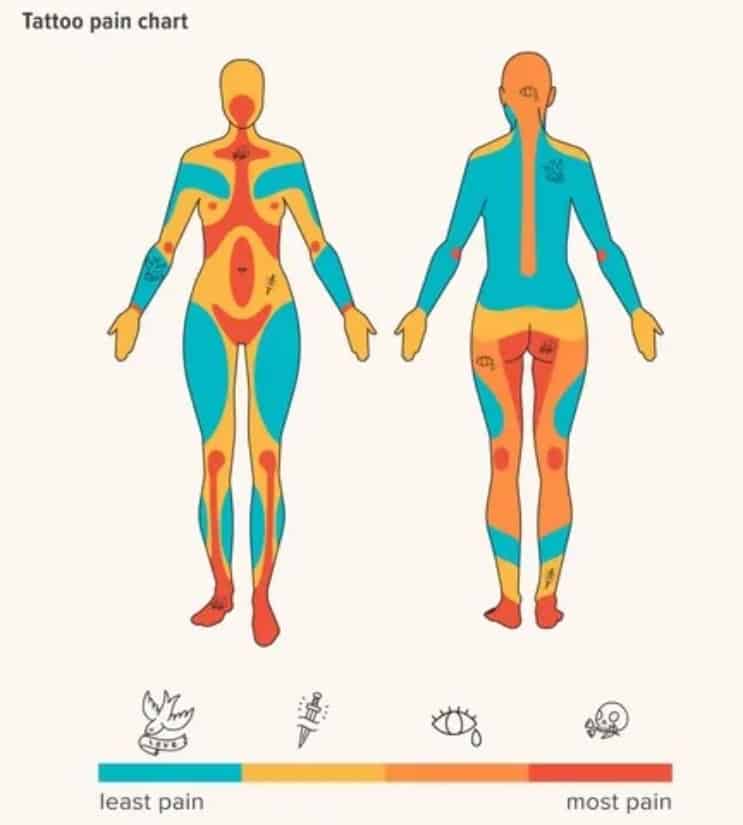
Where you place your tattoo is also critical. The thinner your skin is on a certain part of your body, the more a tattoo will hurt. Moreover, the thinner the skin where you want to get your tattoo, the higher your risk of your tattoo healing incorrectly. If your artist doesn’t warn you about the possible repercussions of the size or placement of your preferred design, you may end up dissatisfied with your ink.
The Artist (AKA Their Technique)
Apart from the design itself, the manner in which it is tattooed affects the outcome of your design, too! It is always important to look at a tattoo artist’s portfolio and to see how their tattoos have healed clients. In the age of social media, this is as easy as finding your tattoo artist on Instagram.
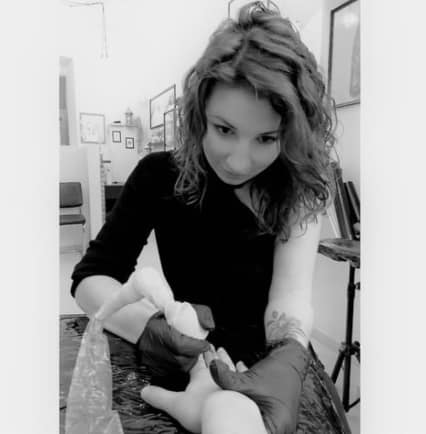
An inexperienced or less reputable tattoo artist could result in your tattoo not resembling the design once it has healed. This could be due to what is known as a tattoo blowout, which results from incorrect tattooing techniques on the artist’s behalf.
Tattoo blowout is typically the result of too much pressure being applied by the artist as they tattoo your skin. This results in the ink getting injected more deeply into your skin than it should be. In fact, the ink is deposited into a layer of fat, where it spreads. This results in a tattoo blowout, which leaves your tattoo looking bigger and blurrier than it should.
Tattoo blowout can leave your tattoo looking like it was drawn on by a sharpie that has since smudged. To prevent this from happening, one should take care in picking an experienced tattoo artist with a solid portfolio to back up their skills. Then you might not have to consider the following options for dealing with tattoo blowout.
Correcting Thick Tattoo Lines with More Tattooing
Tattoo cover-ups are extremely common in this day and age. Whether you’re correcting a tattoo blowout that isn’t your fault or a design you now regret, a tattoo cover-up could be the way to go. To initiate this process, you need to book a consultation with an artist more reputable than the one who gave you the ink you wish to cover.
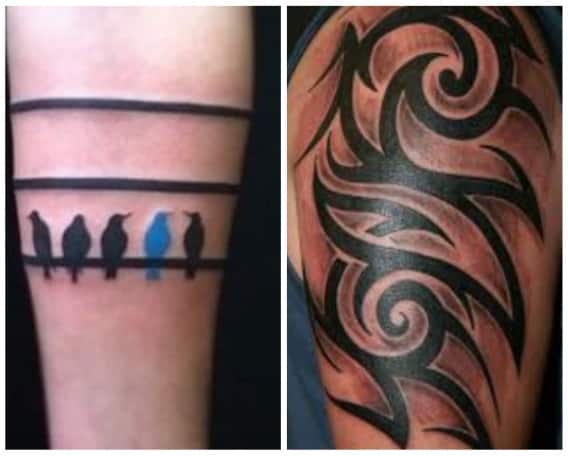
Covering up a tattoo is a more intricate process than getting a fresh tattoo. In designing your cover-up, your artist will need to keep in mind the existing specifications of your tattoo that needs to be covered. You will also need to wait for the tattoo to be fully healed before you can attempt a cover-up. This means you might need to wait as long as two months before you are able to correct your tattoo blowout.
Unfortunately, white tattoo ink cannot cover black tattoo ink. You cannot use more tattooing to remove the thickness of your tattoo lines that have incorrectly healed. As the name suggests, a cover-up covers your previous tattoo with a new or modified design. If you wish to keep your original design intact, there may be another option for you…
Correcting Your Tattoo Using a Laser
Before you consider using laser therapy to fully remove your tattoo, the laser might be able to rescue your ink! This option can often be more expensive, as multiple sessions will be required to mitigate the effect of tattoo blowout that has resulted in thick lines. A vast majority of instance companies also, unfortunately, won’t cover cosmetic procedures, which laser tattoo therapy falls under.
The effectiveness of this method depends on the severity of the blowout. When you consult with a laser tattoo removal or correcting specialist, they will be able to give you a better idea of what is possible in regard to correcting your tattoo.
If you are wholly unhappy with your tattoo, you always have the option to completely remove it. While it may cost more than covering up your tattoo, it will leave you feeling better about your skin. You could always get the tattoo redone with a more skilled tattoo artist if you wish.
Conclusion
In this day and age, tattoos are not as permanent as they seem. While they could be more costly to remove than to get, it is always a possibility. When dealing with a tattoo blowout that has resulted in your tattoo’s lines appearing thicker while healing, removing it should only be your last resort.
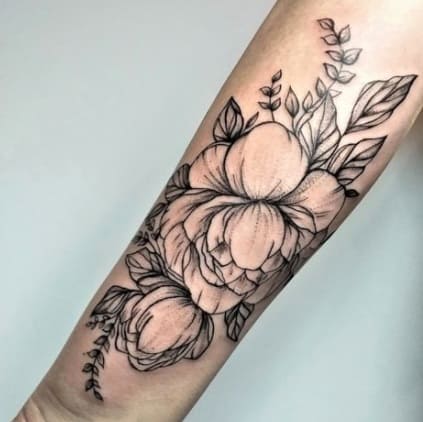
First, you will need to wait for your tattoo to fully heal. Once it has healed, you can discuss options about covering it up with your tattoo artist. Or a new tattoo artist, if you believe your previous artist’s technique was to blame for the tattoo blowout. Laser therapy can also be used to reduce the effect of blowout if you want to keep your original design instead of covering it up.
It is important to carefully consider all your options before committing to a specific corrective measure. Consult the tattoo artist, speak to the laser therapist, chat to them both again, and then decide on the course of action that is best for you!
